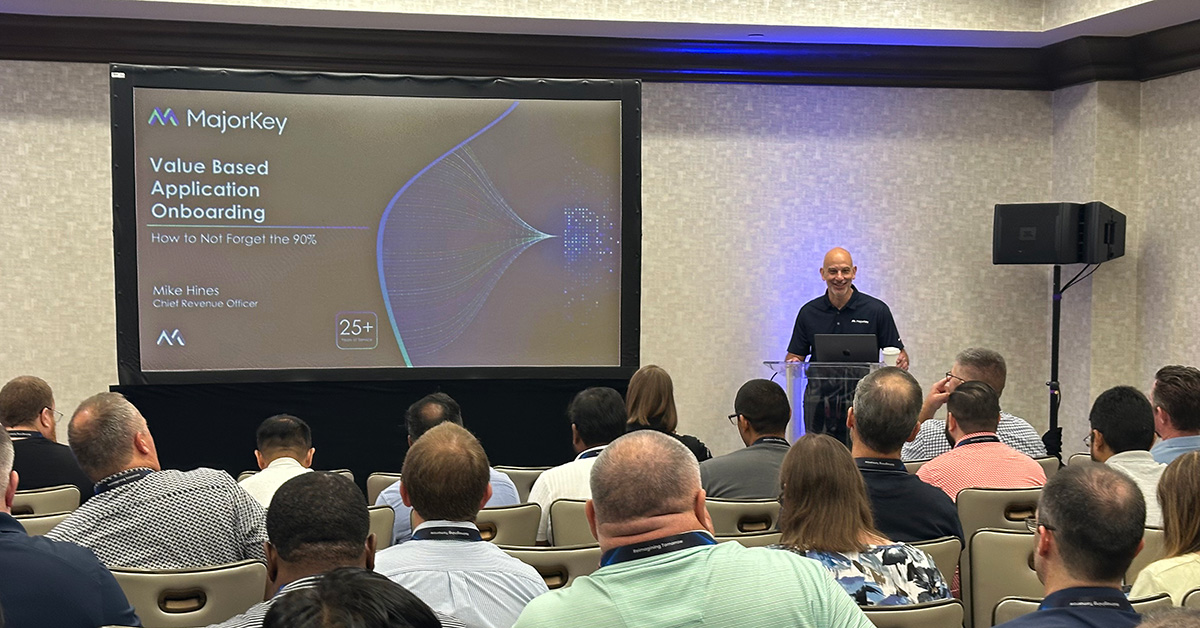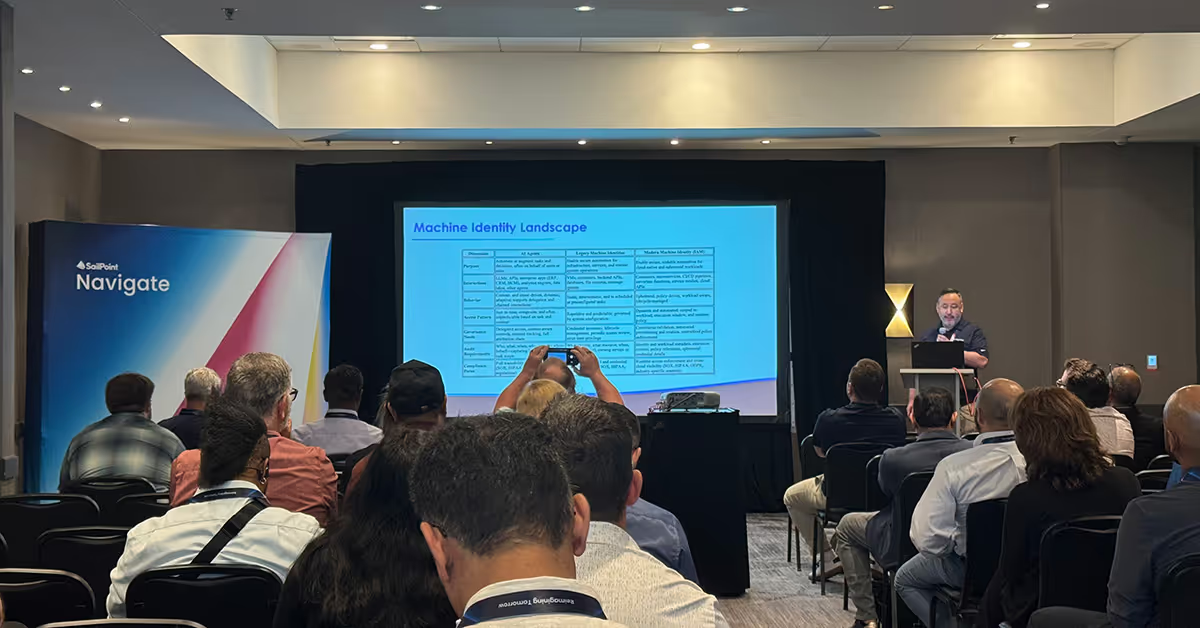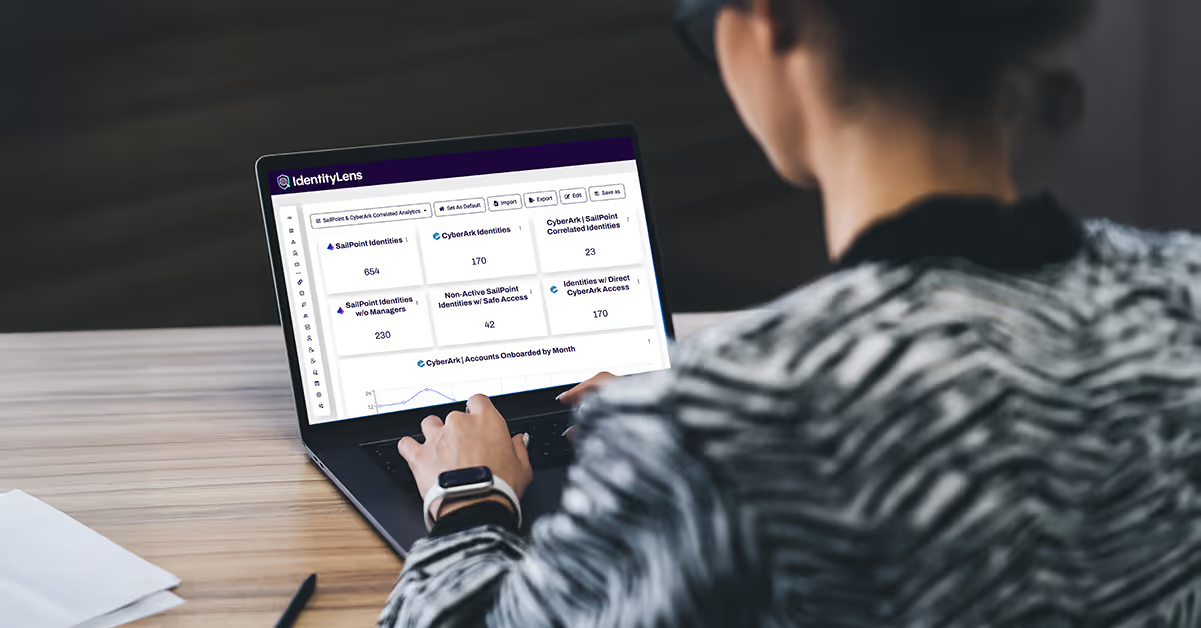How IAM Helps Mitigate Cybersecurity Risks
January 16, 2024
|
Duration:
6
min READ

As cybersecurity threats continue to evolve, cyber criminals pose significant challenges to organizations regardless of industry, headcount, or revenue. Identity and Access Management (IAM) tools have emerged as a critical component in the fight against these threats, offering a comprehensive approach to managing and securing user identities and access privileges within an organization.
In this blog post, we’ll discuss the top cybersecurity threats facing organizations today and the role of IAM tools in mitigating these risks.
Top cybersecurity threats facing organizations in 2024
Cybersecurity threats have become increasingly sophisticated, with methods such as phishing, ransomware, and advanced persistent threats (APTs) on the rise. The COVID-19 pandemic has further amplified these risks as organizations rapidly shifted to remote work, expanding the attack surface for cybercriminals.
Identity and Access Management (IAM) tools can play a significant role in mitigating various cybersecurity threats:
Malware
This includes viruses and worms injected into networks and systems, often evading traditional defenses like antivirus software and firewalls.
How IAM helps: IAM can control access to sensitive systems and data, reducing the impact of malware by ensuring only authorized users have access.
Ransomware
A type of malware that blocks access to systems or threatens to publish proprietary information, demanding cash ransoms for resolution.
How IAM helps: By managing user privileges, IAM can limit the spread of ransomware within an organization, as it restricts access to critical systems and data to only those who need it.
Supply Chain Vulnerabilities
These occur when tainted software affects the entire supply chain, significantly increasing the threat surface.
How IAM helps: IAM can enforce strict access controls and authentication processes for third-party vendors, reducing the risk of supply chain attacks.
Phishing
A social engineering tactic involving deceptive emails that appear legitimate, leading to virus exposure and data breaches.
How IAM helps: IAM, especially with multi-factor authentication (MFA), can add an extra layer of security, making it more difficult for attackers to gain access even if they obtain user credentials through phishing.
IoT Security Risks
With the growing adoption of IoT, the lack of security in IoT devices poses a significant threat, which can be mitigated by stronger vetting of IoT vendors and changing default passwords to conform to corporate standards.
How IAM helps: IAM can manage and monitor the access of IoT devices within an organization's network, ensuring that only authorized devices and users can access the network.
Internal Employees
Both disgruntled employees who may sabotage systems and those with poor security habits can lead to significant security breaches.
How IAM helps: IAM can help in monitoring and controlling what resources an employee can access, thereby reducing the risk of internal threats and data breaches.
Emerging Technologies
The adoption of technologies like biometrics introduces new security risks due to limited experience in managing them effectively.
How IAM helps: As new technologies are adopted, IAM can manage access rights and authentication processes, ensuring that only authorized users have access to these new technologies.
Cloud Security
Misconfigurations in cloud storage and non-compliance with regulatory frameworks can result in significant financial and reputational damage.
How IAM helps: IAM can manage access to cloud resources, ensuring that only authorized users can access sensitive data stored in the cloud, and can enforce policies for secure cloud access.
How IAM tools can help mitigate security risks
Modern IAM tools have a variety of methods for helping organizations mitigate cybersecurity risks.
- Enhanced User Authentication: IAM systems use multi-factor authentication (MFA), which requires more than one method of authentication and significantly reduces the risk of unauthorized access.
- Role-Based Access Control (RBAC): IAM allows organizations to implement RBAC, which restricts system access to authorized users. Users are granted access rights based on their roles within the organization.
- Reducing Insider Threats: By monitoring and managing employee access rights, IAM systems can significantly reduce the risk of insider threats. They ensure that employees have access only to the resources necessary for their job roles.
- Audit and Reporting: IAM tools offer comprehensive auditing and reporting capabilities to help detect suspicious activities and potential security breaches.
- Single Sign-On (SSO): SSO enhances security and user experience by letting users access multiple applications with one set of login credentials, guarding against password fatigue and weak password practices.
IAM tools are immensely valuable for helping guard against cybersecurity threats. The ability to manage and protect user identities and access privileges allows organizations to significantly mitigate risks and ensure the security and integrity of critical data and assets.
Final Thoughts
Identity and Access Management (IAM) acts as a robust defense in mitigating today's top cyber threats by safeguarding data, implementing secure protocols, and fortifying organizational cybersecurity posture.
Authors

No items found.
No items found.
No items found.
.svg)



















.svg)
